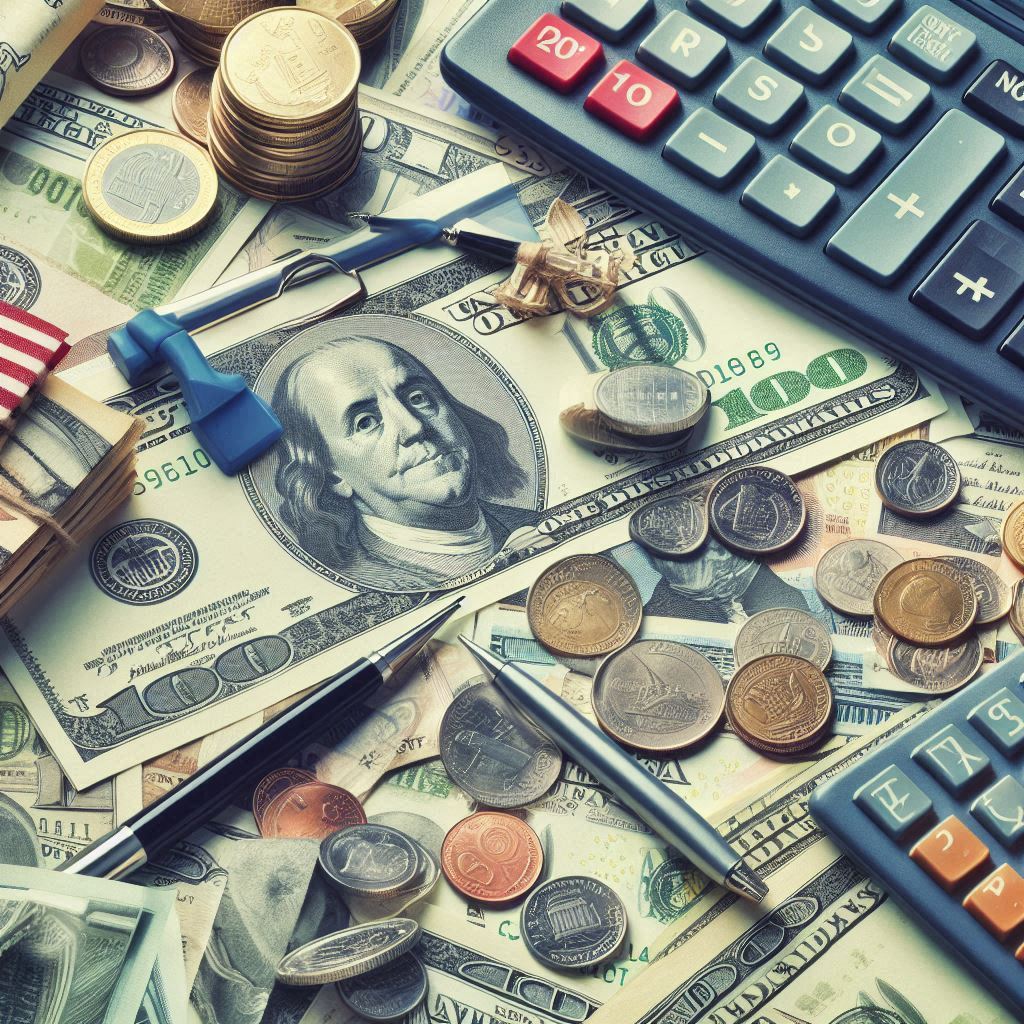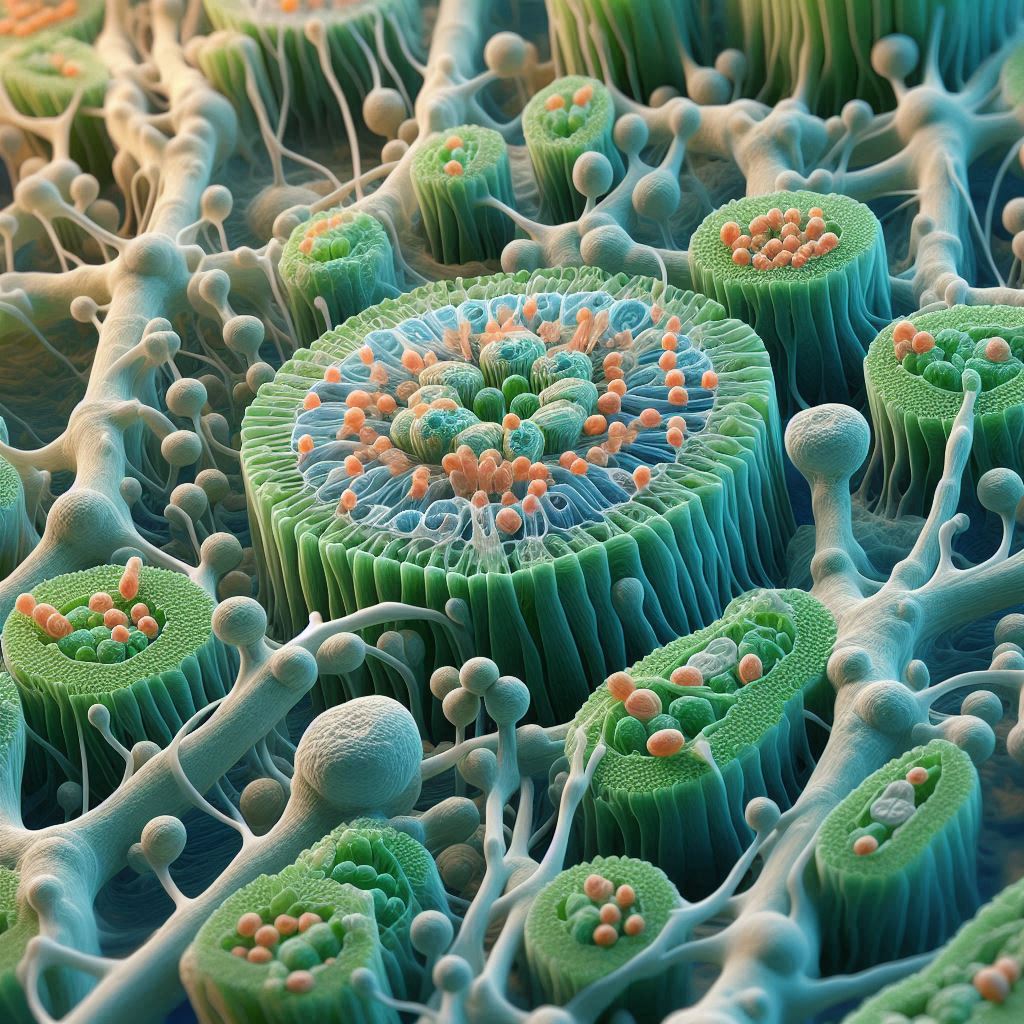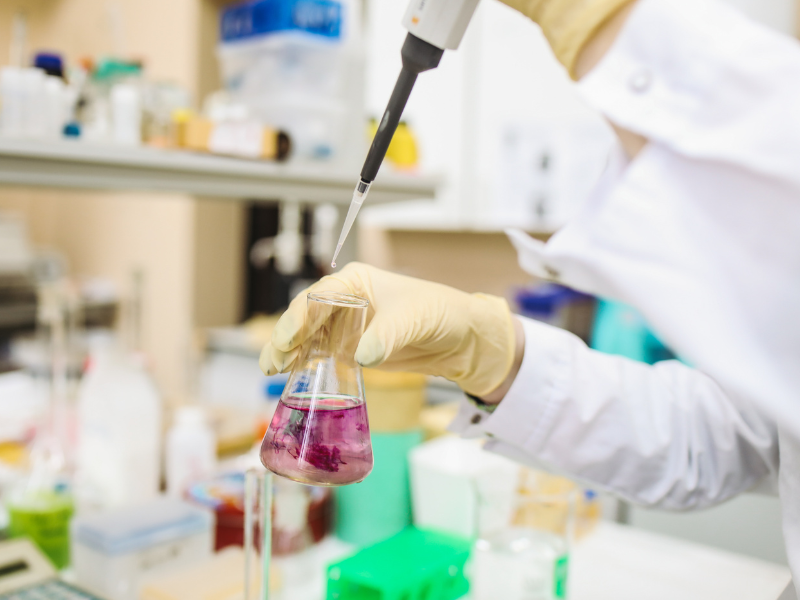The Nervous System
The nervous system in humans consists of 2 parts:
- Central Nervous System (CNS) – the brain and spinal cord
- Peripheral Nervous System (PNS) – all of the nerves in the body
The Neuron
A nerve is a bundle of cells known as neurons, which are the longest cells in the body. Neurons are the structural unit of the brain and spinal cord as well.
Dendrites: the receiving end of a neuron, that collects information from other neuron’s or receptor’s
Cyton/Cell Body: controls the metabolism of the cell and receives impulses at dendrites
Nodes of Ranvier: point between each myelin sheath
Myelin Sheath: fat made electrical insulator that makes impulses travel faster as they jump from 1 node to another
Axon/Nerve Fibre: a long fibre that carries information away from the cell body
End Plate/Terminal Dendrites: synapses with another neuron or an effector

Types of Neurons
Sensory
- Part of PNS
- Myelin sheath present
- Cyton not at end of cell
- Receives impulses from a receptor

Relay
- Part of CNS
- No myelin sheath present (so that speed of impulse is slowed as they can’t jump over the sheath so the brain can intervene in the action)
- Cyton at end of cell
- Connects sensory and motor neuron

Motor
- Part of PNS
- Myelin sheath present
- Cyton at end of cell
- Connects to an effector

Voluntary and Involuntary Responses
- A voluntary response is one where you make a conscious decision to carry out a particular action therefore it starts with your brain
- An involuntary (or reflex) response does not involve the brain as the coordinator of the reaction and you are not aware you have completed it until after you have carried it out
- Involuntary actions are usually ones which are essential to basic survival and are rapid, whereas voluntary responses often take longer as we consider what the response might be before doing it
Reflex Actions
A reflex action involves rapid and automatic integration of coordination stimuli with the response of effectors. Reflex actions are:
- Automatic
- Faster than any other nervous response
- Protective
- Involuntary

The nerve pathway involved in a reflex action is known as the reflex arc. This is the process:
- Receptor in sense organ receives a stimulus and converts it into an electrical impulse (there are different types of receptors to receive different stimuli)
- Sensory neuron carry these impulses to the CNS (spinal cord)
- Relay neuron slowly carries the impulse across the CNS
- Motor neuron carries the impulse from the CNS to an effector (muscle or gland)
- Effector carries out response to deal with the original stimulus
| Reflex Actions | Non-Reflex Actions |
| Common reaction in all humans that are carried out in the same way and are evolved to help us survive | Conditional/acquired reflex which is done again and again and becomes muscle memory |
| Blinking, shivering, swallowing | Driving, playing an instrument, typing |
Synapses
A synapse is a junction between 2 neurons. The dendrites of 2 neurons don’t actually touch at a synapse, but are very close. They act like valves, so that impulses travel in 1 direction.
Note: drugs such as heroin act upon synapses.

The Stages of Transmission of Information at a Synapse:

- An impulse arrives at the end of the presynaptic neuron
- When an electrical impulse arrives, the vesicles move towards and fuse with the presynaptic membrane, and they burst to release neurotransmitters (chemicals) into the synaptic cleft
- Chemicals diffuse across the synaptic cleft (down a concentration gradient)
- They will then get picked up by receptors of the postsynaptic neuron and they will convert the chemical back into electricity
- The impulse travels along the postsynaptic neuron
- The chemicals are recycled or destroyed once the impulse is sent
This type of transmission of impulses is known as electrochemical transmission.
Sense Organs
Sense organs are group of receptor cells responding to specific stimuli: light, sound, touch, temperature and chemicals.A stimulus is a change of environment that affects an organism. All sense organs have:
- Receptor cells
- Blood supply to help provide substances for producing energy
- Tissues that help in making the most out of the stimulus
The Eye

- Pupil: the hole that allows light to enter the eye
- Iris: controls how much light enters the pupil
- Cornea: transparent lens that refracts light as it enters the eye
- Retina: consists of light receptor cells known as photoreceptors (rods and cones)
- Lens: transparent disc that changes shape to focus light onto the retina
- Optic Nerve: sensory neuron that carries impulses from the eye to the brain
- Blind Spot: the exit point of the optic nerve, in which no light receptors are present
Rods:
- sensitive to dim light
- found all around the retina (other than the blind spot)
Cones:
- sensitive to bright light
- 3 types of cones which are sensitive to different colours of light (RGB)
- maximum concentration is at fovea
Note: the lens becomes less elastic and loses its ability to change shape at old age. One cannot see close by objects easily. Smokers may experience this problem earlier than non-smokers as the smoke ages the molecules in the lens.
The Pupil Reflex
- An involuntary action carried out to protect the retina from damage in bright light and helps see objects in dim light
- The radial and circular muscles (an antagonistic pair) of the iris control the amount of light that falls on the retina by altering the size of the pupil

- Photoreceptors detect change in environment (dim light)
- Radial muscles contract
- Circular muscles relax
- Pupil dilates
- More light enters the eye and reaches the retina

- Photoreceptors detect change in environment (bright light)
- Radial muscles relax
- Circular muscles contract
- Pupil constricts
- Less light enters the eye and reaches the retina
Accommodation
- The way the lens brings about fine focusing, with the help of the suspensory ligaments and ciliary muscles is called accommodation
- A sharp image forms when light from a single point on an object reaches a single point of the retina

Distant Object:

Plant Tropisms
Plants too can respond to stimuli for survival. These include light, water and gravity. They either grow towards a stimulus (positive response) or away from a stimulus (negative response). A tropism is a growth response by a plant in response to the direction of a stimulus.
Auxins are growth hormones that are produced by plants to respond to a stimulus. Therefore, tropisms involve hormones in growth.
Phototropism
- Phototropism is the response in which parts of a plant grow towards or away from the direction from which light is coming.
- Shoots grow towards light (positively phototropic) so leaves can absorb maximum light energy for photosynthesis, to produce more chlorophyll and so that flowers grow in areas that insects can see them from
- Roots grow away from light (negatively phototropic)
Auxins in Phototropism

Tips and Growth

- The tips are removed and there is no growth. This indicates that tips are needed for growth because that is where auxins are produced
- The tips are present; therefore, the plant grows, but because they are covered, the auxins don’t spread unevenly, causing the plant to grow straight up, and not towards the light
- This plant is untreated; therefore, it grows and towards light
Gravitropism
- Gravitropism/Geotropism is the response in which parts of a plant grow towards or away from gravity.
- Roots grow towards gravity (positively gravitropic) and into the soil which provides a source of water and minerals, and provides an extensive system of support and anchorage for the plant
- Shoots grow upwards and away from gravity (negatively gravitropic)
Auxins in Gravitropism
Auxins accumulate in the lower half of the stem and root and stops it from growing and extending as much as the top half, which causes the root to curve downwards. This is because auxins slows growth in the stem and roots, unlike in shoots, where they speed up growth. This will make the roots grow downwards.
Tropic Response Summary
| Stimulus | Gravity | Light |
| Response | Gravitropism | Phototropism |
| Definition | Growth towards or away from gravity | Growth towards or away from light |
| Positive Response | Growth towards gravity: roots | Growth towards light: shoots |
| Negative Response | Growth away from gravity: shoots | Growth away from light: roots |
| Role of Auxin | Slows down growth of lower part of roots, allowing the upper part to grow faster, hence causing the root to curve downwards | Accumulates on the darker side, causing the cells to elongate faster on that side, hence creating a curve towards light |
Plant Hormones and Weedkillers
- Many weedkillers contain synthetic hormones like auxin – known as 2,4D
- They are selective (kills dicots only, not monocots) so they are sprayed onto an area such as a lawn or farm crops and the synthetic auxin affects the weeds but not the grass/crop plants
- The weeds respond by growing very fast and then dying, leaving more space, nutrients and water for the grass or crop plants to grow






